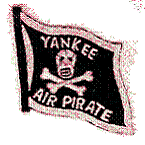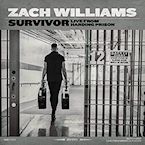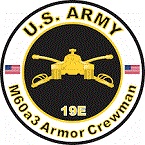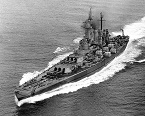LowCommand
Posts: 138
Joined: 8/14/2002
From: VA
Status: offline

|
Japanese Cruisers of the Pacific War by Eric Lacroix and Linton Wells II
Why you might want the book, “Not only is this the best work by far on Japanese cruisers, it is also invaluable for the insights it provides into the Japanese navy as a whole,” dust jacket quote from Norman Friedman, author of the roughly comparable series of books on US, well, pretty much every class of Navy ships and boats. I pretty well agree.
Why you might not want it, Amazon wants somewhere between $200 and $300 used for it.
There is a vast quantity of information here, everything from the usual, guns, speed, armor, lots of drawings, service history, etc. to the unusual, like the launch speed attained by one cruiser. There is a detailed breakdown of which cruiser had what funnel identification bands when. There is lots of detail not usually found in this type of book, like detailed stability figures, hull weight distribution, space devoted to habitability, engine room layout, engine details, etc. There is some very interesting data like hit percentages at various ranges during practice and ammunition usage during various surface actions, so some idea can be gathered of actual combat accuracy.
What isn’t there. There isn’t much discussion over the design process, probably because there doesn’t seem to have been that much discussion. In Friedman’s books, lots of space is devoted to long, detailed arguments between the various authorities over what should get built and why the ships came out the way they did. In Japan, the admirals decreed and the designer produced. There were some discussions over some ships, but nothing like the long fights in the US or the fights aren’t in the book. That probably has something to do with the way many of the ships came out. { My opinion, The book’s authors’ do mention, in passing, that the designer of the later cruisers didn’t fight the admirals the way the previous one did. } The book does have a discussion on the overweigh problem and how it seems to have been (pre treaty abrogation) a massive design error not evil planning. After treaty abrogation the treaty 10,000 ton cruisers ended up displacing over 15,000 tons.
What is unfortunately missing. There is a detailed discussion on where some ships got hit and how much damage was caused, including drawings and pictures. With others there isn’t much. For example one cruiser survived three torpedo hits and came home by itself, but there isn’t much info, probably because of war related document destruction (the authors don’t say much about such things.) There also isn’t much discussion about what worked and what didn’t. The authors do discuss the controversial practice of centerline bulkheads (they tend to led to very severe danger of capsizing.) In their opinion the provision of extensive counter flooding equipment etc. was mostly sufficient. (I disagree, but I’m not an expert.)
Again, I think this is a wonderful, if expensive, book for anybody intrested in the gritty details of WWII cruisers.
_____________________________
"Mines reported in the fairway,
"Warn all traffic and detain,
"'Sent up Unity, Cralibel, Assyrian, Stormcock, and Golden Gain."
|
 Printable Version
Printable Version






 I guess its OK to play WITP-AE with the resident Ayatolla.
I guess its OK to play WITP-AE with the resident Ayatolla.


 I would love that book....but at that price its sadly not possible
I would love that book....but at that price its sadly not possible 
















 New Messages
New Messages No New Messages
No New Messages Hot Topic w/ New Messages
Hot Topic w/ New Messages Hot Topic w/o New Messages
Hot Topic w/o New Messages Locked w/ New Messages
Locked w/ New Messages Locked w/o New Messages
Locked w/o New Messages Post New Thread
Post New Thread